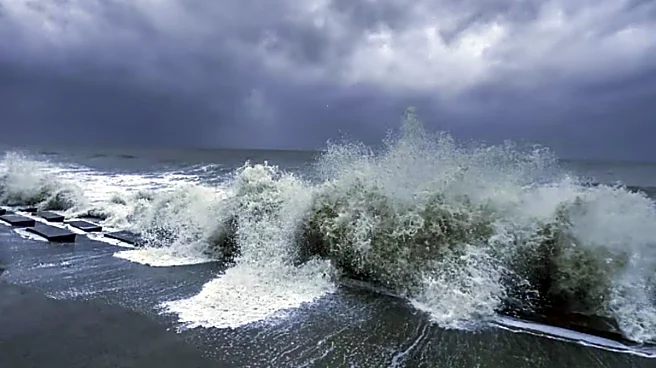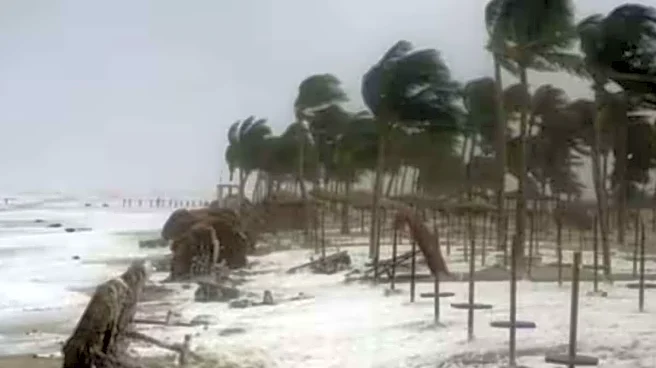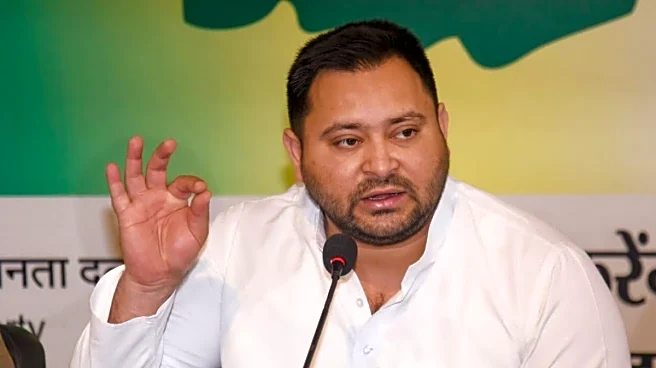Cyclone Montha is expected to make landfall along the Andhra Pradesh coast between Machilipatnam and Kalingapatnam, near Kakinada, by Tuesday evening. Andhra Pradesh and Odisha are on alert after Cyclone Montha intensified into a severe cyclonic storm this morning.
The Indian Meteorological Department (IMD) has predicted extremely heavy rainfall and strong winds due to the cyclone in Andhra Pradesh. An orange alert has been issued for Peddapalli, Jayashankar Bhupalpally, and Mulugu districts, while the remaining northeastern Andhra districts are under yellow alert.
Andhra Pradesh Chief Minister N Chandrababu Naidu has directed officials to shift residents from vulnerable coastal areas to rehabilitation centres and ensure the supply of clean water
and food.
What Does Montha Mean And Which Country Has Named The Cyclone?
Cyclone Montha is a name contributed by Thailand to the list of tropical cyclone names maintained by the World Meteorological Organization (WMO) for the North Indian Ocean region. The word “Montha” in Thai refers to a flower, specifically the white champaca (Magnolia alba), which is admired in Thai culture for its fragrance and beauty. Thailand’s choice of the name reflects its tradition of naming cyclones after natural elements, flora, or fauna that hold cultural significance.
The name Montha replaced an older name from Thailand’s previous list and will remain part of the rotation until used again in future years.
How Are Cyclones Named?
Cyclones are named to make communication clearer, faster, and less confusing during weather forecasts, disaster warnings, and rescue operations. Instead of referring to a storm by its technical coordinates, a name helps meteorologists, media, and the public easily track and discuss it. The practice of naming tropical storms began in the early 20th century and was later formalised by the World Meteorological Organization (WMO). Each ocean basin around the world—such as the North Indian Ocean, the Atlantic, and the Pacific—has its own regional committee that maintains a rotating list of names.
In the North Indian Ocean, which includes the Bay of Bengal and the Arabian Sea, cyclone naming is managed by the WMO/ESCAP Panel on Tropical Cyclones. This panel includes 13 countries: India, Bangladesh, Pakistan, Myanmar, Maldives, Sri Lanka, Thailand, Oman, Yemen, Iran, Qatar, Saudi Arabia, and the United Arab Emirates. Each member submits a list of names that reflect their culture, language, or natural environment. The names are then used sequentially whenever a new cyclone reaches the intensity required to be officially named by the India Meteorological Department (IMD), which acts as the Regional Specialized Meteorological Centre (RSMC) for this region.
Once a cyclone has formed and sustained wind speeds reach the threshold for naming (typically 34 knots or more), the next available name on the pre-approved list is assigned. Each name can only be used once—if a cyclone causes exceptional damage or loss of life, its name is retired and replaced with a new one to avoid future distress or confusion. This systematic approach not only ensures efficient communication but also maintains cultural representation and cooperation among the countries that share the same ocean basin.
What Will The Next Cyclone Be Called And Who Will Name It?
According to the current naming sequence for the North Indian Ocean, the next cyclone after Cyclone Montha would be named Senyar. The name “Senyar” was contributed by United Arab Emirates (UAE), one of the 13 member countries of the WMO/ESCAP Panel on Tropical Cyclones for the basin covering the Bay of Bengal and Arabian Sea.
‘Senyar’ is understood to mean ‘a lion’, symbolising strength and courage in the face of adversity.
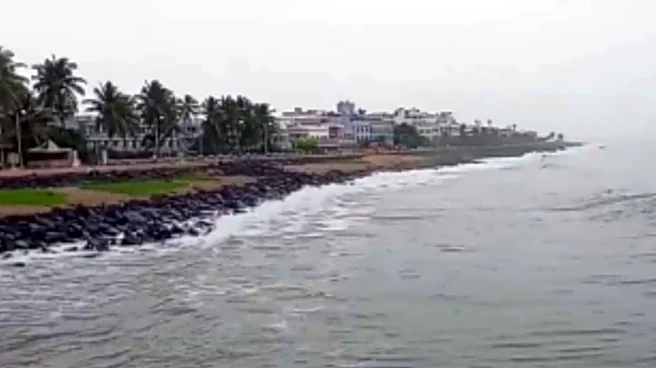

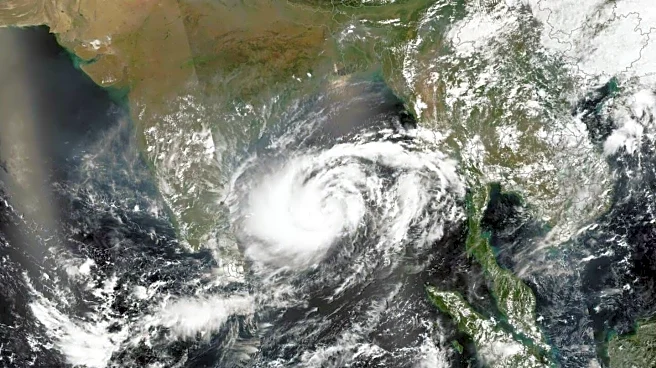
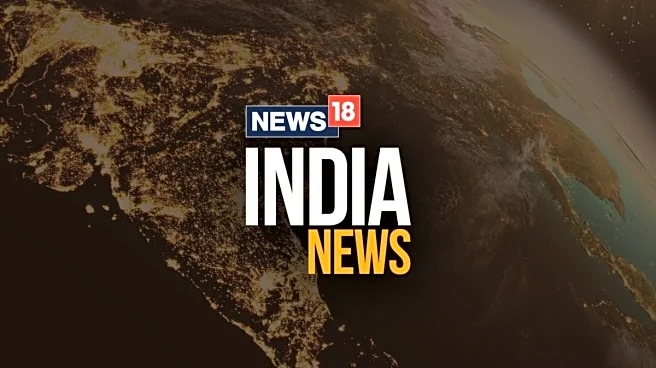
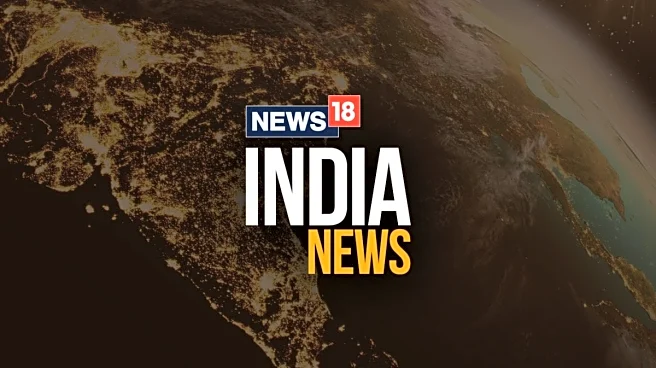
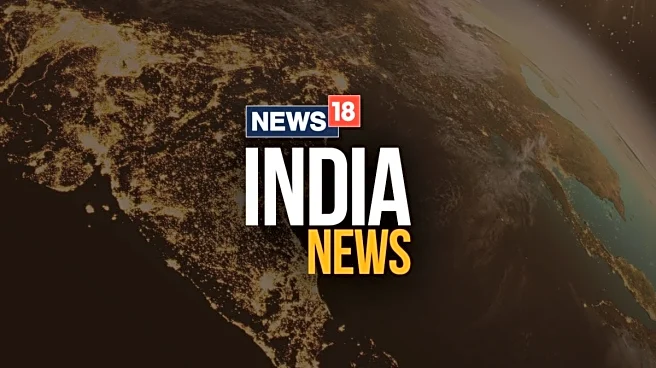
/images/ppid_a911dc6a-image-176157634212149112.webp)

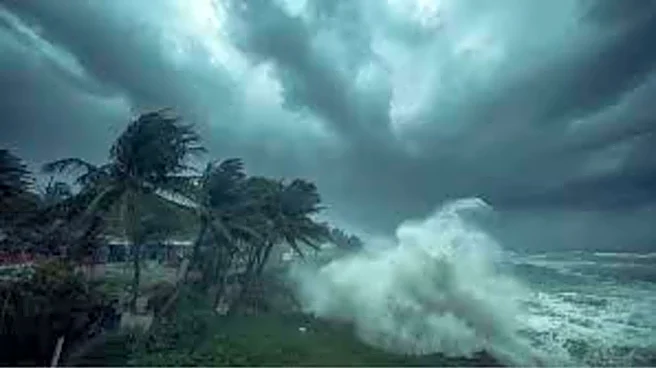

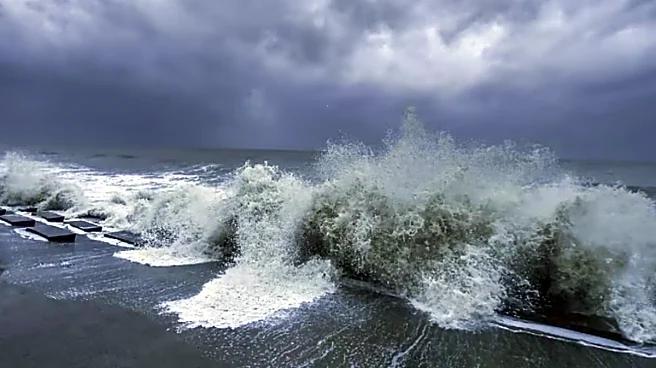
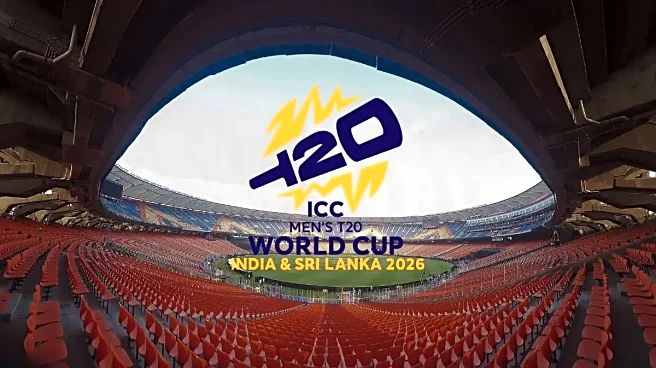

/images/ppid_a911dc6a-image-176145846689593594.webp)
